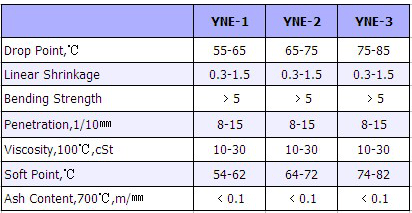15 Years Manufacturer Precision Casting Wax for Qatar Importers
Short Description:
Product Detail
Product Tags
15 Years Manufacturer Precision Casting Wax for Qatar Importers Detail:
Precision Casting Wax mainly is used for precision mechanical process with zero allowance or very limited allowance. We can not adopt general casting technique, but can only adopt zero allowance casting or precision casting. Because of the product’s structure is very delicate and complex especially in bejeweled with golden and silver, such as diamond ring, brooch, earring etc.
The characteristics of precision casting wax are: good coating property, no denaturalization to be heated, good flow ability, good thermal stability, and well surface finish.
Product detail pictures:

We've one of the most innovative manufacturing devices, experienced and qualified engineers and workers, recognized good quality handle systems and also a friendly experienced income team pre/after-sales support for 15 Years Manufacturer Precision Casting Wax for Qatar Importers, The product will supply to all over the world, such as: Gambia , Cancun , Turin , At Present, our merchandise have been exported to more than sixty countries and different regions, such as Southeast Asia, America, Africa, Eastern Europe, Russia, Canada etc. We sincerely hope to establish wide contact with all potential customers both in China and the rest part of the world.
This is a job with a bad expansion valve it was easy to see thanks to the testo.
Visctronic fan drives utilize BorgWarner’s proven viscous technology with precise electronic control. The fan drive is controlled by the engine’s control module for precise fan speed modulation.







